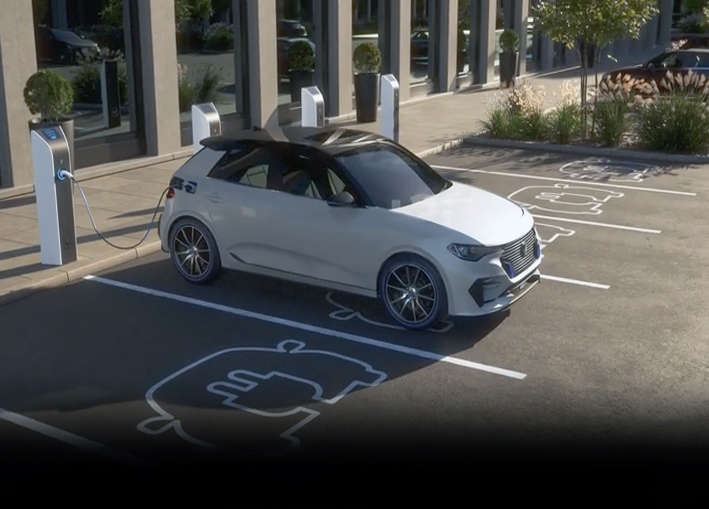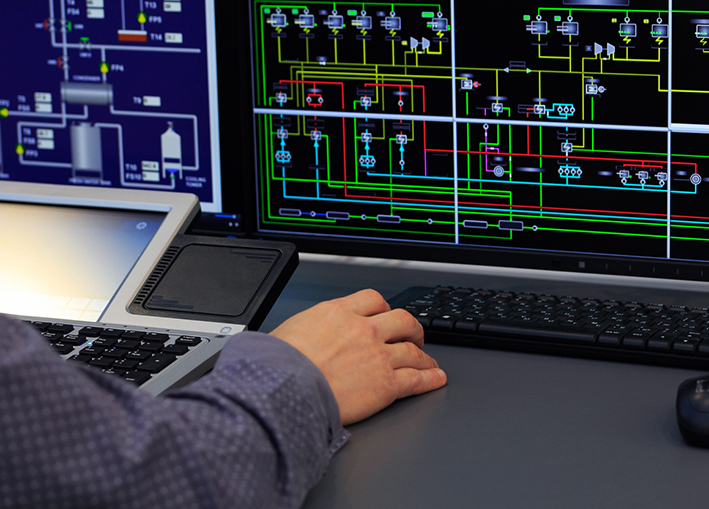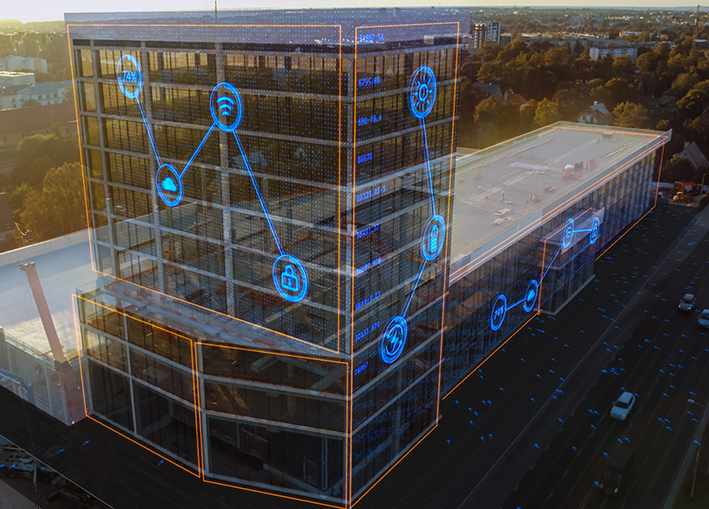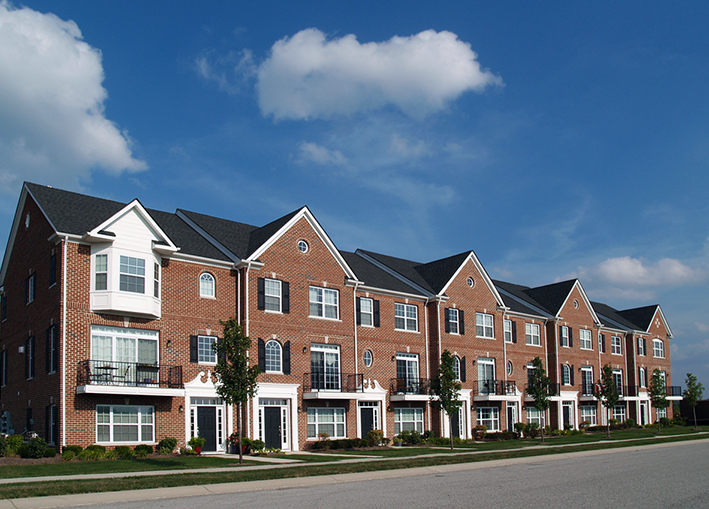A main panel is the box connected to where electricity enters your commercial building. Subpanels have some of the same features as main panels do. However, subpanels rely on the primary panel for power and act more as distribution centers to keep electricity flowing safely and in an organized manner through your property.
At J&S Electrical Contractors, Inc., we specialize in designing, installing, and upgrading commercial electrical systems. That includes making the appropriate recommendations in terms of organizing your electrical system into panels, subpanels, and other divisions.
What Is a Main Panel?
As a property owner, facility manager, or owner of a commercial property, you may know more about your property’s electrical system than most people. For example, the electrical panel controls the power coming into the building. Therefore, if you switch off a circuit, it will cut power to one or more parts of the building. This helps keep the power distribution organized and protects appliances, electronics, and other devices from power surges. It also makes it easier to troubleshoot problems that may arise within the wiring or other parts of the system.
What Are Subpanels?
Electrical subpanels are way stations, similar to traffic control centers, but for your electricity. One of the main differences between sub-panels and main panels involves the power of volts provided and where the wires lead. Subpanels can give off about 240 volts and do not provide additional electrical capacity. All the power still comes from the primary panel box. So, subpanels merely add order to otherwise potentially chaotic commercial electrical systems.
When Do I Need to Install a Sub-Panel?
There are several instances when you might want to install sub-panels in your commercial space, including the following:
- You need more space for circuit breakers.
- You want to separate your electrical system by usage.
- You want to improve safety with detached panels.
More Space for Circuits – Commercial buildings tend to use much more electricity than individual households. That’s perhaps even more true of multifamily dwellings. Subpanels allow you to add extra circuits to organize panels by apartments, business spaces, and other divisions that make sense for your commercial building.
In some ways, main and sub-panels are very similar, and you typically need both to better manager electrical networks and ensure the safety of building occupants.
Separate Electricity Uses – Separating the flow of energy can help prevent power surges that can damage appliances, equipment, electrical gadgets, and smart devices. Sub-panels make it easier to find the correct switch to turn off specific appliances or outlets. This prevents the need to throw switches in the main breaker box that may impact more than one family or business location.
Detached Panels Add Safety – You can also install sub-panels outside the building. This is useful in the event of an emergency. Often, firefighters have to go inside the building to turn off power. This poses a great risk due to the presence of both water and electricity. However, if you have an attached sub-panel, it gives you much more flexibility when it comes to controlling the flow of electricity if you don’t have access to the building.
Our electrical engineers design commercial electrical systems, while our licensed electricians install and maintain them to better protect your building and the people in it.
For more information on the benefits and differences of main versus sub-panels, or any other commercial electrical needs, reach out to J&S Electrical Contractors, Inc. today at 215-633-8330. Or feel free to reach out to us with questions online.





